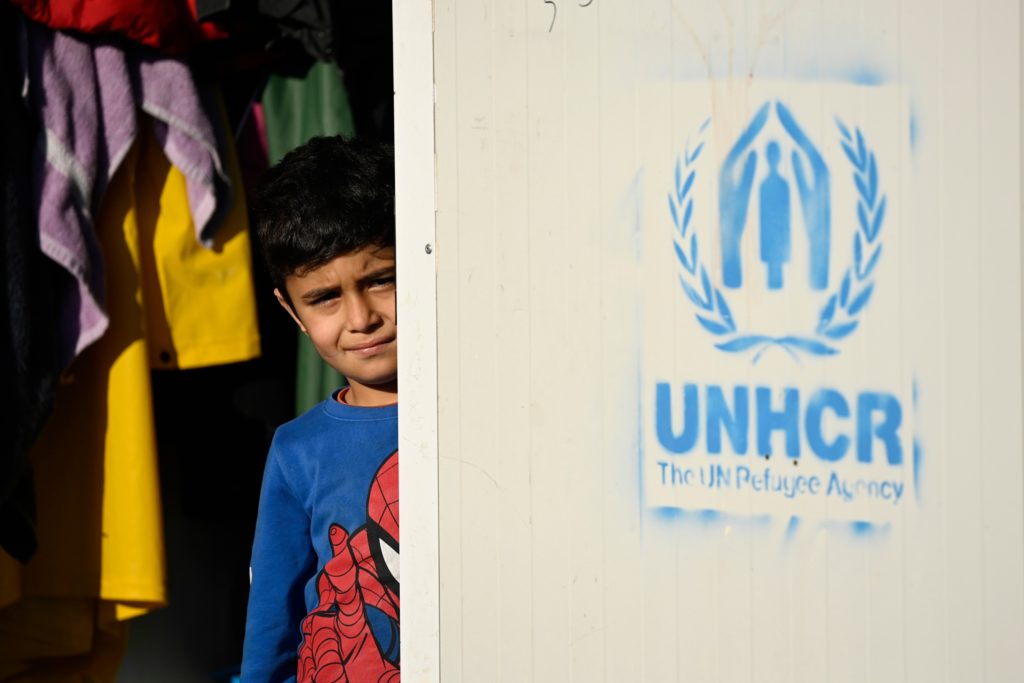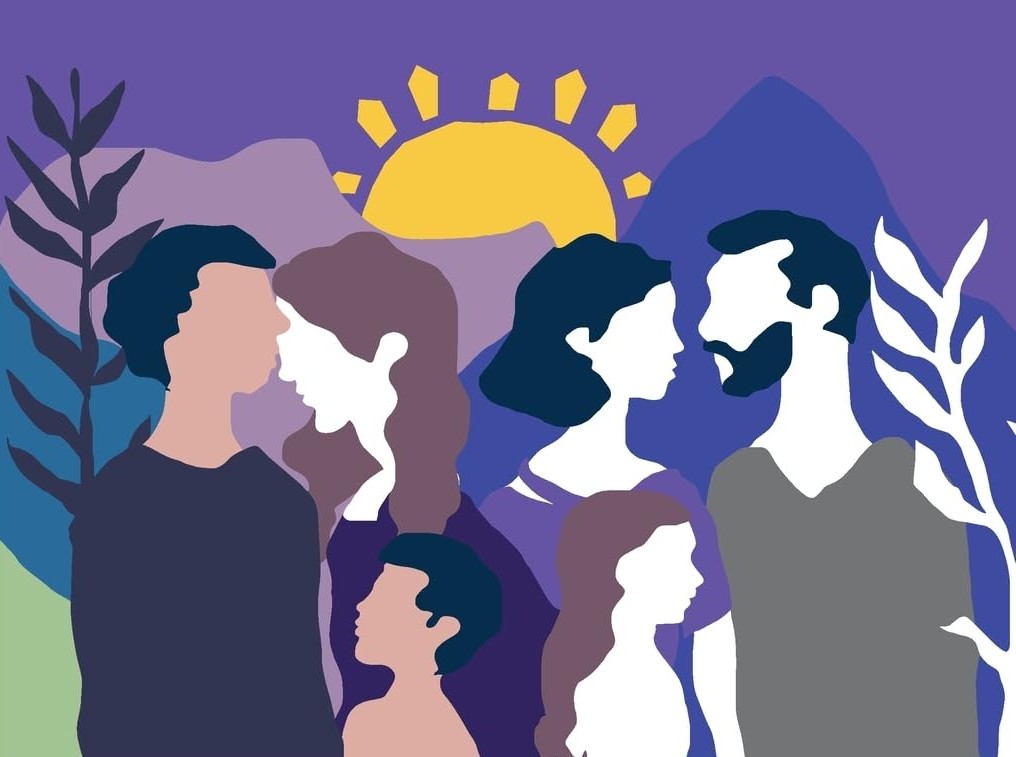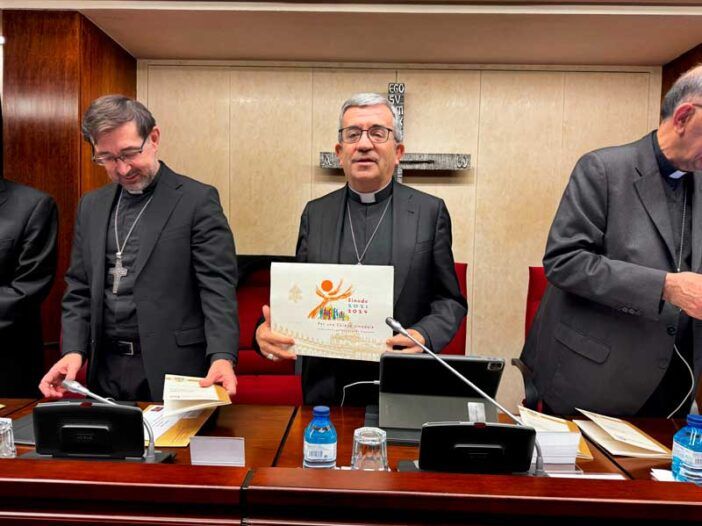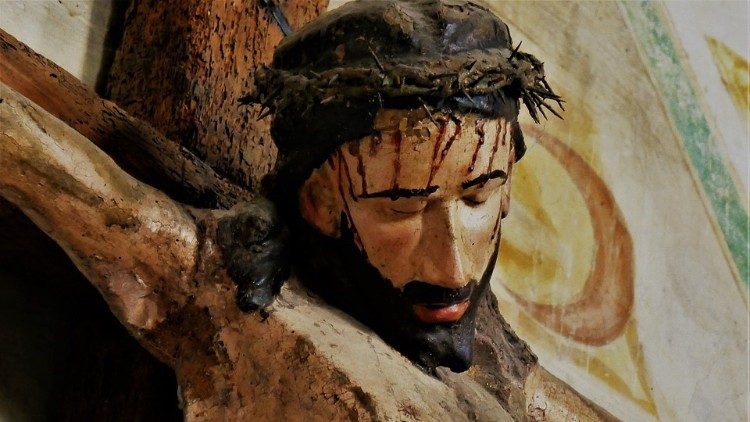Right of Asylum: Numbers of the Migrants Foundation Report
After the Drop in 2020, Applications in Italy Almost Doubled

Adam’s story is a symbol of what it means to be a refugee from birth, a condition well described in the “Right of Asylum” Report of the Migrants Foundation. Adam is 16 and has a dream: to become a doctor. He was born in a refugee camp in Darfur. At 11, he fled from Sudan alone, and from then, he has lost contact with his family. He worked in Libyan camps in slavery conditions and for some months was locked up in a detention center. He went to Niger, to the refugee camp of Agadez, to flee from the violence and conflicts in Libya.
Stuck in Niger
Stuck in the middle of the desert, without being able to go to school and without prospects, Adam saw many of his contemporaries go to Libya, seeking to embark for Europe. Niger, the country with the lowest rate of human development in the world, was for years a crucial hub of migratory flows to the Mediterranean. However, from 2015 EU policies determined the closure of borders to the North, increasing considerably the risks for those trying to cross the Sahara.
Aid of the “Report Card in the Pocket”
However, Adam’s story has a different ending. Last October 15 he was able to leave by plane directly for Italy, together with four other boys, in the ambit of the “Report Card in the Pocket-Study Channels for Refugee Minors,” promoted by InterSOS in partnership with, among others, the UNHCR and the Migrants Foundation. After spending a month in a first reception structure in Turin, he was received by a foster family and finally began to go to school.
With its new legal and safe entry channel, “Report Card in the Pocket” will bring another 30 unaccompanied minors from Niger to Italy. It’s a creative and innovative pilot project. All this is recounted in the volume “The Right of Asylum. Report 2021. The Obstacles to An Ever Greater Us” (Tau Publishers, 2021, pp. 360, 20.00 euros), presented this morning in Rome.
The Report, promoted by the Migrants Foundation has now reached its fifth edition and today it’s the only one in Italy dedicated specifically to the world of asylum seekers, refugees, and forced migrations. Some numbers, taken from the Report, which were reeled off in the course of the meeting, call for reflection.
Increase of Victims of the Crossings
If it’s true that in 2020 the arrival of “irregulars” in Europe decreased by 12% compared to the previous year, and asylum seekers decreased by one-third, the figure in Italy this year has almost doubled. Between January and October, close to 53,000 migrants reached our country. Above all, the victims of the crossings are increasing: between January and the first days of November, 1,559 people lost their lives in the Mediterranean, as opposed to 1,448 estimated for the whole of 2020. The majority (1225) drowned in the central Mediterranean. Then the “front” of the Canaries route is worsening, which has witnessed close to 900 victims in 2020 as well as this year, a fourfold increase in relation to 2019.
In Eight Months, Over 30,000 Requests for Asylum
In regard to requests for asylum in Italy, in 2020 there were 26,963, 38% less than in 2019. This year’s figure is in strong ascent: presented up to August were over 30,000 requests, with an increase of 93% in relation to the same period of the previous year. To be noted, however, is that the feared “invasion” remains contained: there are in fact just 2 refugees in Italy for every 1000 inhabitants (about 128,000 people) as compared to almost 7 per 1,000 inhabitants in France, almost 10 per 1,000 in Greece, 14 in Germany and 25 in Sweden.
In fine, there are just under 10,000 unaccompanied minors censed in Italy at the end of September, with an increase of 62% compared to the same period in 2020. Almost in their totality (97%), they are males.
The Humanitarian Corridors
The Secretary-General of the Italian Episcopal Conference (CEI), Monsignor Stefano Russo, opening the works, recalled that in the last years the Italian Church “has guaranteed over 700 reception centers for refugees arriving from Kabul with the air bridges.” Added now is the protocol with the Italian Government for the opening of a humanitarian corridor from Iran and Pakistan “to transfer to Italy, in a legal and safe way, Afghan refugees.” Thanks to the humanitarian corridors, in collaboration with other realities, such as Sant’Egidio Community and the Evangelical Churches, close to 4,000 people arrived in Europe and, of these, 3,000 in Italy.
Overcome the “Emergency Syndrome”
For Monsignor Gian Carlo Perego, President of the Migrants Foundation and of the Episcopal Commission for Migrations, “realistic policies are necessary that open channels of legal migration, to take territory from the traffickers and have the number of dead decreases.” The Archbishop also requested that Italy overcome the “emergency syndrome that characterizes the migratory policies, finally surmounting the extraordinary reception centers.”
The Report’s 2021 edition takes up in the title Pope Francis’ Message for the 107th World Day of Migrants and Refugees (whose text is fully written in the volume) and its 12 contributors are edited by a team of authors that, in addition to being scholars of these topics, in the course of the years have followed and continue to follow concretely asylum seekers and refugees in their itineraries in Italy, or they themselves are refugees. As in past years, the “Ways of Flight” Observatory contributed to the writing of the Report.
Four parts punctuate the volume: “From the World with the Gaze Turned to Europe,” “Between Europe and Italy,” “Looking at Italy” and a “Theological Reflection.” Finally, a series of colored photographs, by independent photographer Alessio Mamo, enrich the volume. They portray Afghan citizens in Kabul and in different migration contexts in Bosnia, Lesbos, and Calais.
Translation by Virginia M. Forrester
Related

“The priest finds his reason for being in the Eucharist”
Fundación CARF
01 April, 2025
5 min

Family Valued: An international appeal for the family
Exaudi Staff
01 April, 2025
2 min

Bishop Luis Argüello Addresses the Challenges of the Church in Spain
Exaudi Staff
01 April, 2025
2 min

THE WAY OF THE CROSS: Accompanying Jesus on the way to the Cross
Luis Herrera Campo
31 March, 2025
5 min
 (EN)
(EN)
 (ES)
(ES)
 (IT)
(IT)

